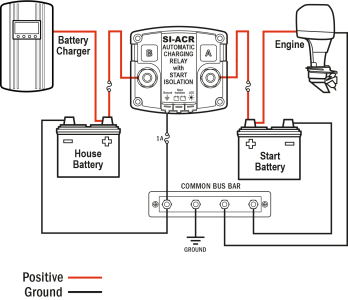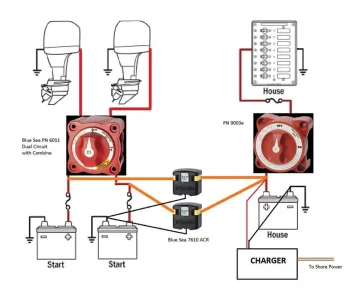@zurk - A kayak with 100ah battery... that's a bit of a teaser. Do tell.
@Rain City - what are you looking to accomplish? Reduce weight, address lack of power, existing batteries are at end of life cycle and you want to make sure your replacement is a well considered/current upgrade? What are you currently running? I'm assuming you would stick with AGM for starting batteries and you are just looking at the house side?
If you take a lead acid system and do a direct swap to lithium with same amp-hour capacity, you are functionally doubling your system capacity since the old system could only be drawn down 50% (eg if you have a 500ah battery capacity, you only have access to 250ah without damaging the reserve). Likewise, as lead-acid battery is drawn down voltage drop increases so the capacity doesn't drop in a linear fashion, more of a downward curve.
I was working with an electrician a few years ago on an off-grid cabin (before lithium was cheap/common), and the main issue he saw was lead-acid systems dying after a few years because owners would draw the batteries all the way down by accident a few times and kill the lifespan. As such his recommendation at the time was to install as much battery capacity as you can - not because you actually need it - but to preserve the lifespan of the system against user error and ensure people were only tapping into a fraction of the reserve capacity.
This totally changed with the advent of lithium batteries since these can be run down to basically zero without affecting lifespan, and voltage drop is a non-issue. They can also accept a charge much faster, so you can use large solar arrays to maximize charging potential while feeding into smaller batteries. Panels are cheap/replaceable, batteries are the opposite. Consequently in lithium battery systems you are typically using way smaller batteries because the huge reserve just isn't needed. Add in a solar panel or two to provide passive top-up and you have a much more robust / worry free system.
I wouldn't think about a 'larger' system, I'd think about a smaller, lighter, smarter system.


